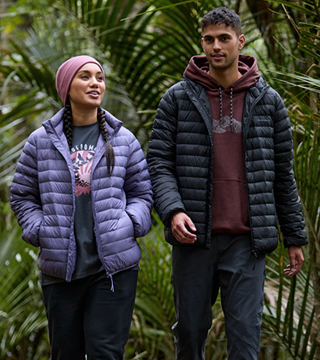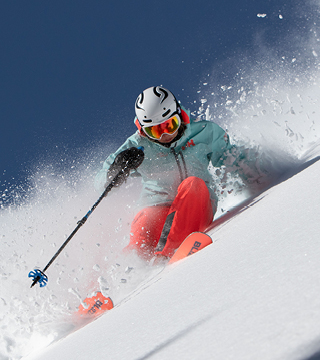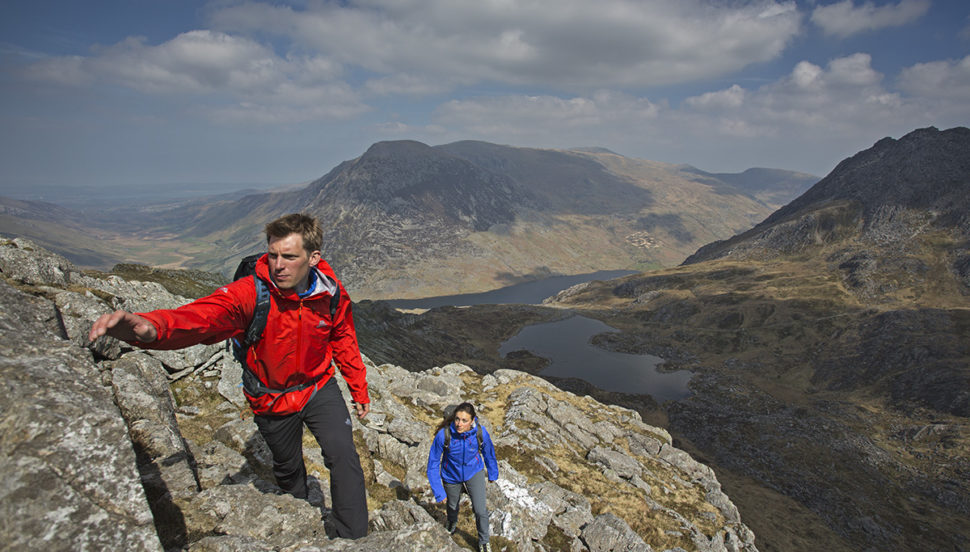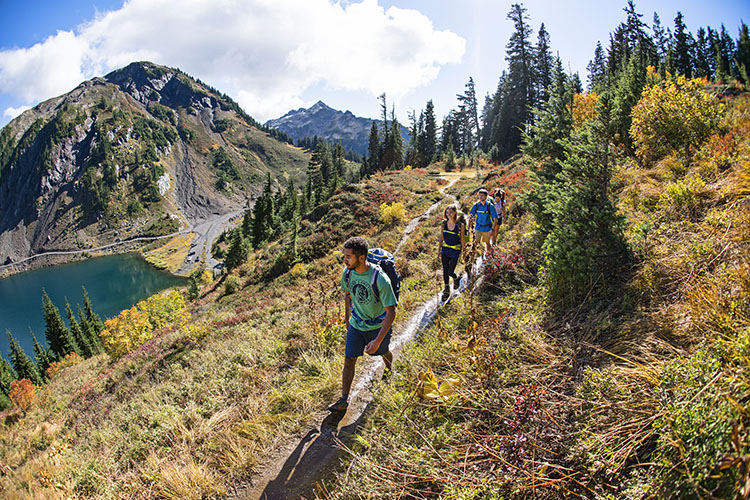It’s easy to be lulled into believing that New Zealand is a true paradise in summer. Long days, BBQ’s, cricket on the beach or out the back of the beach house certainly have many of us looking forward to this time of year, for a good reason.
For those of us with an adventurous outdoors, spirit summer is a brilliant time to get out and explore the wilderness. Tracks are drying up from the winter rain, the grass is bright green, cicadas and birdsong are a constant companion, longer days and more stable weather mean alpine summit missions are greenlighted – honestly, it can feel like this IS ‘Godzone.’
The trouble is, the good vibes of summer can lead to people dropping their guard. Summer is certainly a time of higher participation in the outdoors, and there is often a correlation between participation and injuries, searches and – tragically – fatalities. We’re raising this because it’s an uncomfortable conversation to have, but a necessary one. Along with the environmental risks of summer – exposure, dehydration, allergies, blisters – there are trends that we all need to be aware of, and if possible, plan for.
Mountain Safety Council (MSC) has recently published a research document called ‘There and Back’, which is an exploration of outdoor recreation incidents in New Zealand. The report focuses on five main activities – Tramping, Hunting, Mountaineering, Mountain Biking and Trail Running. It’s the first time that Kiwis have substantial evidence to potentially guide future decision making – particularly in the planning phase.
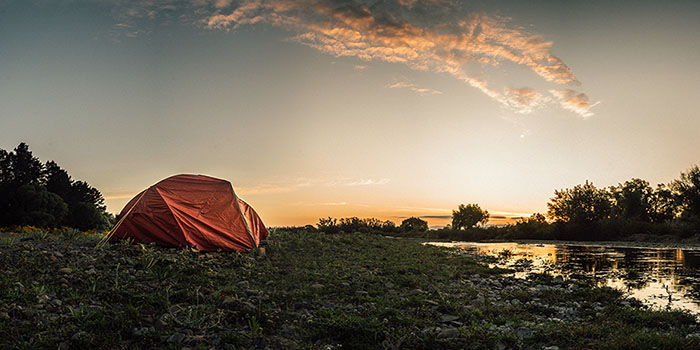
So, what’s going wrong in Summer?
We’ll focus on Tramping (which includes day walking) because it’s likely to be the activity you’ll do the most often in Summer and ‘There and Back’ is over 170 pages long!
On average throughout the year there are 769,363 trampers. 321,997 are Kiwi’s, 447,366 International. The number of Kiwi trampers is a little lower than anticipated upon the first read. However, Kiwis are likely to go out multiple times a year – MSC estimates around six times on average. If the participant number was multiplied by participation days a year, then the pendulum swings back toward Kiwi’s being the most likely nationality you’ll run into when you’re out there.
Summer injury, search and fatality statistics make for some sobering reading. Summer – Dec / Jan / Feb – is when 35% of all injuries, 40% of searches and a staggering 57% of all fatalities occur for trampers. Perhaps not surprisingly 44% of all tramping injuries, 39% of all searches and 35% of all fatalities occur on a Saturday or Sunday.
For us, the mind-bending numbers come from the ‘hotspots’ mentioned in the document – page 37. You’re 8.2x times as likely to be injured tramping in Auckland, and twice as likely to be involved in a search and rescue. Travel south to the Central North Island and your 4.1x as likely to be injured tramping, and a staggering 10.5x as likely to be involved in a search and rescue. In the South Island Queenstown Lakes trampers are 4.9x as likely to be injured, 4.4x as likely to be involved in a search and rescue, and a whopping 12.3x as likely to not make it home alive – 80% of tramping fatalities occur in the South Island.
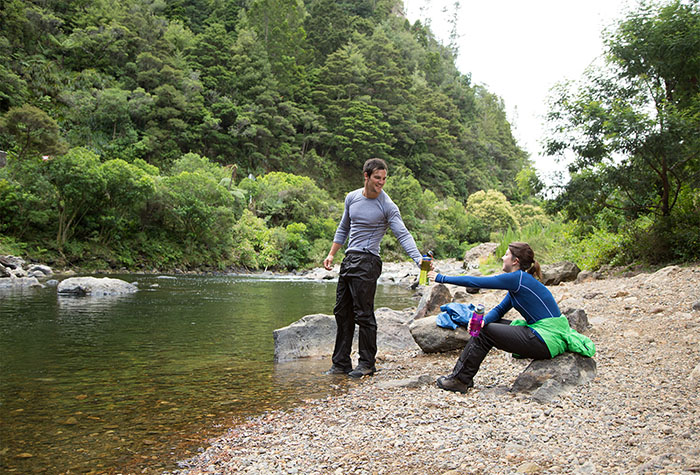
What can you do about this?
The message is a simple one. Prepare to be surprised / confronted / thrilled / challenged / by the dynamism that is the ‘outdoors’ even in summer. If you’re heading on a day walk it doesn’t take much to get lost. If you haven’t got the right equipment, you might have a very scary and unexpected night out.
MSC’s chief executive Mike Daisley put’s it like this in a recent blog post about outdoor recreation post-Kaikoura earthquake – “The ability to critically analyse a situation and make an informed decision is a part of heading outdoors. It’s also what makes it an adventure — in that you never quite know what you’ll find. At MSC we promote “Knowing your limits”, only you know the level of risk that is appropriate to the situational factors, your experience and your equipment.”
The term “Know your limits” comes of course from the outdoor safety code. The real trick with this outdoor safety code is to contextualise each of the five points in relation to the activity you intend to do. So, “take sufficient supplies” will mean something different to a day walker than it does for a mountaineer on Aspiring. Both adventures may happen in the summer months, but they are of course fundamentally different. Use the outdoor safety code as a guide that prompts you to think “Good point, what is the weather going to do? Do we need a raincoat? Who knows where we are, and when we’ll be back.”
Although it’s an uncomfortable conversation to have in summer, I’m sure you’d agree that bringing down some of the statistics in documents like “There and Back” is good for all outdoor recreation, and our beautiful country.
__
Written in conjunction with the Mountain Safety Council as part of a summer safety series –


